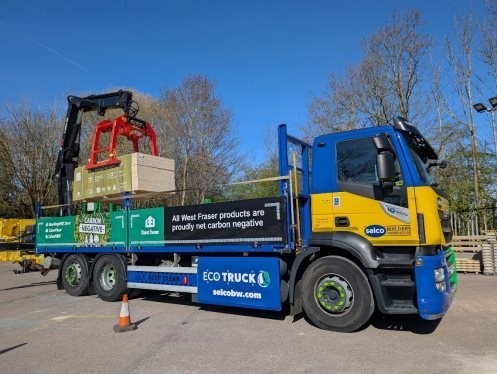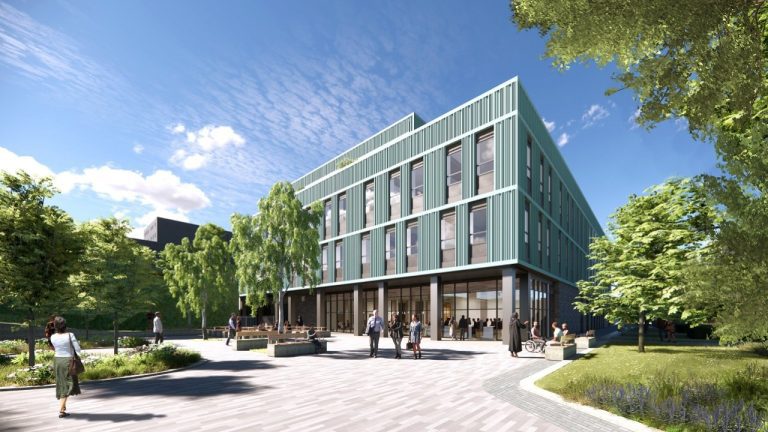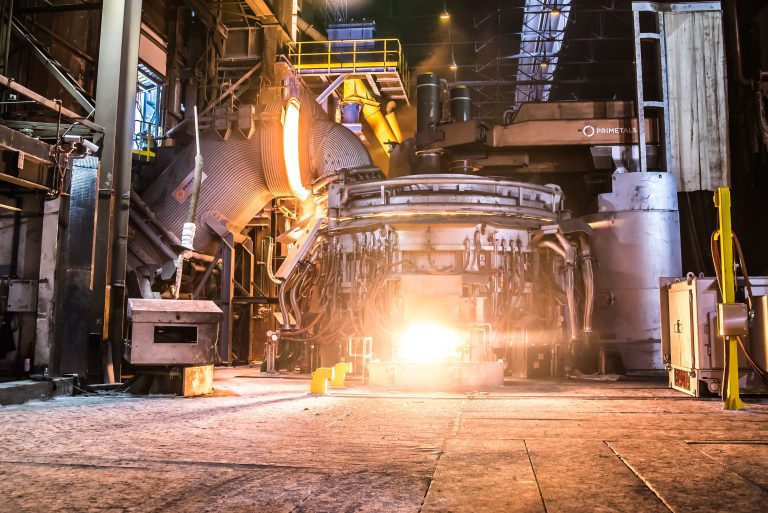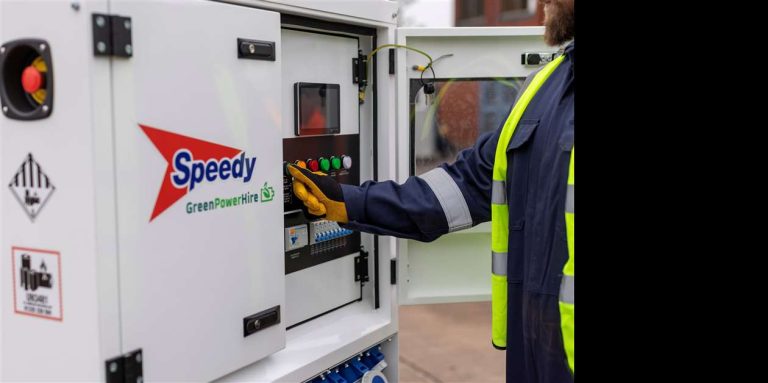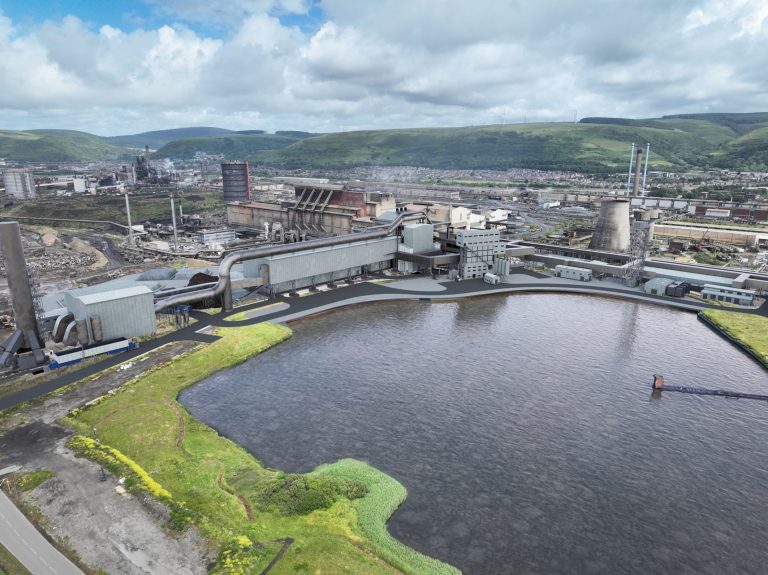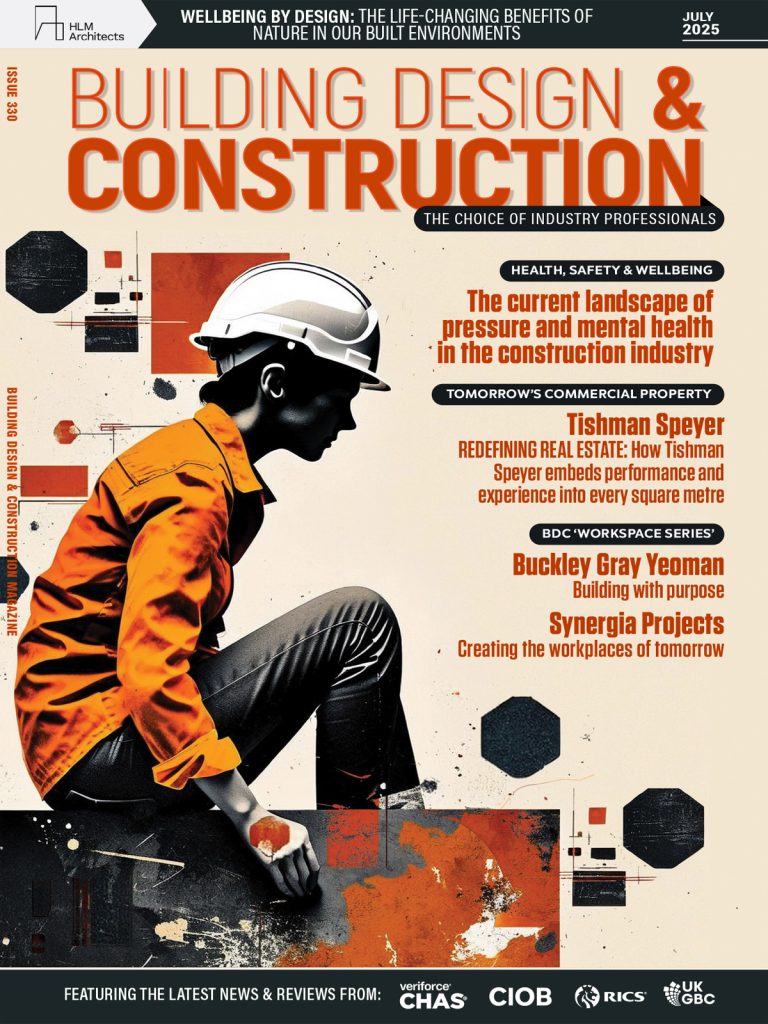OptimiseAI’s ‘Predict’ Platform Cuts Building Energy Usage by 15%, using only a Meter Reading OptimiseAI, an innovator in AI-driven energy management, today launches their Predict function: designed to be an accessible tool for any level of building owner, landlord or asset manager to optimise energy use, save money, and future-proof new or historic buildings. The Predict tool is the first of its kind to draw on decades of research, data and human expertise, fused with artificial intelligence. All Predict needs to create a comprehensive view of any building’s energy usage, is a meter reading, a postcode and basic building information, like the number of floors. Predict can then create a digital twin of your building, which gives you visual insights into how your building most likely saves energy, and when. This allows users to have a rapid, real-time view of their portfolios and identify where the biggest savings can be made quickly and efficiently. After being provided with this minimal information, Predict can provide a building or asset manager with energy reduction insights in under half an hour. Buildings account for 28% of global energy-related CO₂ emissions (37% when including construction), which is more than the entire transportation sector, responsible for just over 21% of global CO₂ emissions. If all buildings had smart meters and then utilised the analysis via Predict, buildings could see an average of 15% emissions reduction – with minimal capital cost incurred. For the UK alone (where 66% of buildings have smart meters), using the Predict tool could save 6.7MtCOe per year. The drive for smart meters adoption is crucial to achieving long term energy efficiency goals. If all buildings across the globe were to install smart meters and utilise the Predict function to manager their energy usage, it could deliver 1.5 Gt CO₂e savings per year, equivalent to the entire annual emissions of Japan. Speaking on its potential, Nick Tune, Co-Founder of Optimise AI, said: “The data is clear—energy inefficiency is a massive yet solvable contributor to climate change. Current Building Management Systems are not fit for purpose: only 10% of buildings have them, and even then they don’t give effective results to help buildings reduce energy and carbon emissions. “ The world cannot afford to wait for deep retrofits or expensive building replacements. With Predict, we’re giving asset owners and building managers an immediate, cost-effective tool to cut carbon, reduce energy costs, and stay ahead of tightening regulations. “The potential of the technology is here, ready to be harnessed. With it, we’re offering a path to energy savings and reduced global carbon footprint that is accessible and easy to use: ready now, and for everyone. “ Energy prices are at record heights across the world. According to Government data, the UK has among the most expensive electricity in Europe. Smart energy planning will be essential to keeping buildings efficient and keeping costs down. 90% of UK buildings lack a Building Management System to help them understand, monitor and adapt their energy use. Even those who do, research suggests that asset managers find these systems overly complex or difficult to use. Predict’s user-friendly interface is hardware agnostic and can be used with minimal input data – it works across fragmented systems and integrates seamlessly with existing smart meters. By analysing historical and projected consumption, and drawing on years of human research and expertise, Predict can suggest the best energy tariffs, identify inefficiencies, project how much energy could be saved with certain interventions, saving both emissions and money. Net Zero regulations for buildings are expected to become increasingly relevant in the coming years. Addressing energy efficiency in existing buildings was a key component of the Climate Change Committee’s Seventh Carbon Budget, as part of the UK’s strategy to reduce emissions by 87% compared to 1990 levels by 2040. This means UK businesses and landlords will need to ensure their properties meet new standards, and integrate smart energy usage into their future plans. Through its digital twin technology, Predict can provide any level of building owner and asset manager a contextual understanding of their building’s energy usage. This allows them to save money, reduce emissions and begin to future-proof their buildings against upcoming Net Zero regulations. This is especially useful for the UK’s historic building stock. The first of its kind to utilise and fuse AI and decades of human-led research, Predict can provide insights into how to reduce building emissions in listed buildings in the least invasive way possible. Professor Yacine Rezgui, Co-Founder of Optimise AI, added: “Energy audits are outdated and expensive, yet 90% of UK buildings still lack a Building Management System. Predict changes that—offering a sophisticated AI-driven solution that provides immediate insights and long-term savings. This is how we make net zero achievable at scale.” Building, Design & Construction Magazine | The Choice of Industry Professionals




